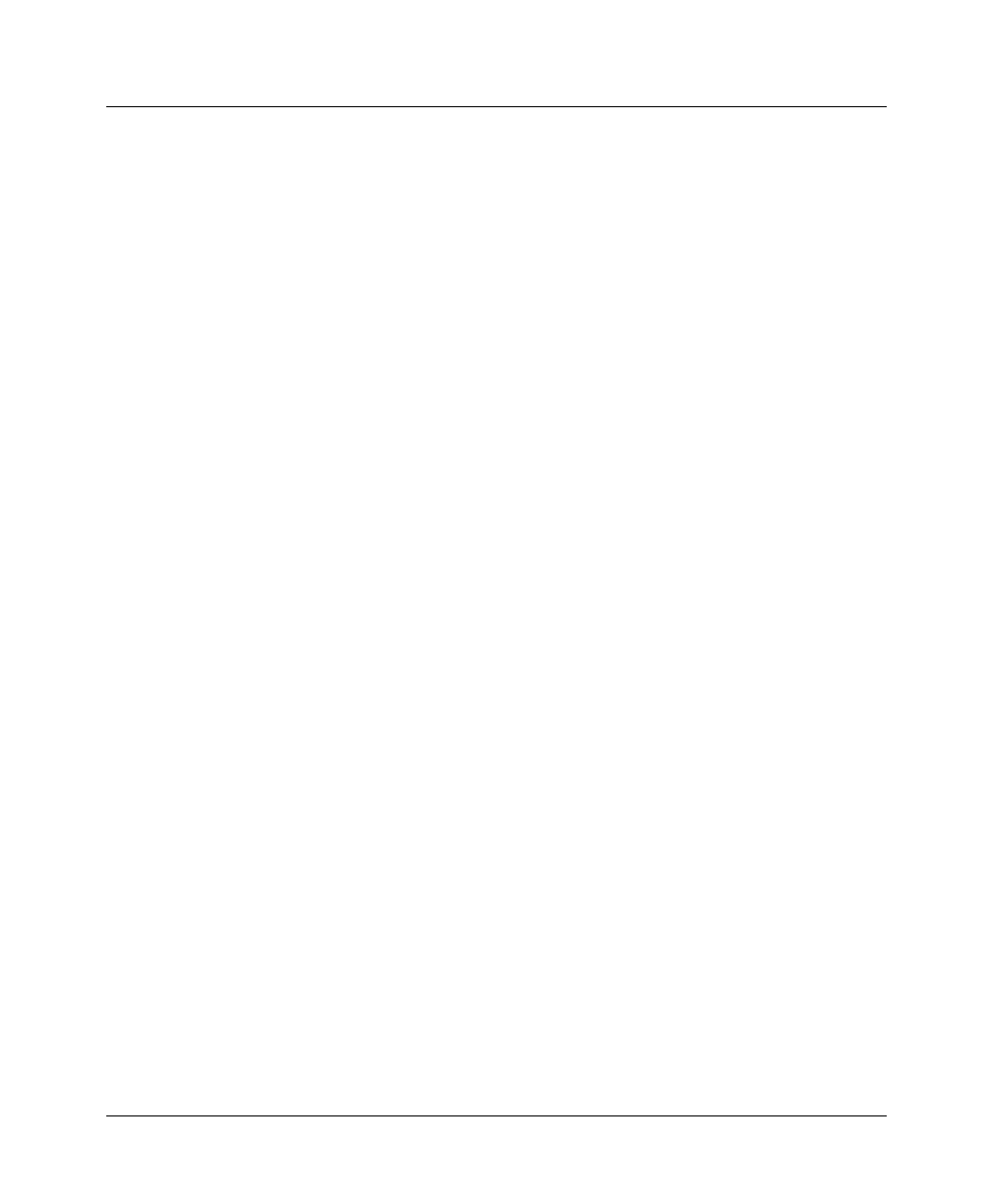User`s guide
Table Of Contents
- Ascend Customer Service
- How to use this guide
- What you should know
- Documentation conventions
- How to use the on-board software
- Manual set
- Configuring WAN Connections
- Configuring IP Routing
- Introduction to IP routing on the Pipeline
- Managing the routing table
- Parameters that affect the routing table
- Static and dynamic routes
- Configuring static routes
- Specifying default routes on a per-user basis
- Enabling the Pipeline to use dynamic routing
- Route preferences
- Viewing the routing table
- Fields in the routing table
- Removing down routes to a host
- Identifying Temporary routes in the routing table
- Configuring IP routing connections
- Ascend Tunnel Management Protocol (ATMP)
- IP Address Management
- Connecting to a local IP network
- BOOTP Relay
- DHCP services
- Dial-in user DNS server assignments
- Local DNS host address table
- Network Address Translation (NAT) for a LAN
- Configuring IPX Routing
- How the Pipeline performs IPX routing
- Adding the Pipeline to the local IPX network
- Working with the RIP and SAP tables
- Configuring IPX routing connections
- Configuring the Pipeline as a Bridge
- Defining Filters and Firewalls
- Setting Up Pipeline Security
- Pipeline System Administration
- Pipeline 75 Voice Features
- IDSL Implementations
- APP Server utility
- About the APP Server utility
- APP Server installation and setup
- Configuring the Pipeline to use the APP server
- Using App Server with Axent SecureNet
- Creating banner text for the password prompt
- Installing and using the UNIX APP Server
- Installing and using the APP Server utility for DO...
- Installing and using the APP Server utility for Wi...
- Installing APP Server on a Macintosh
- Troubleshooting
- Upgrading system software
- What you need to upgrade system software
- Displaying the software load name
- The upgrade procedure
- Untitled

Defining Filters and Firewalls
Overview of Filter profiles
6-8 Preliminary January 30, 1998 Pipeline User’s Guide
In filter 02
In filter 03
In filter 04
In filter 05
In filter 06
In filter 07
In filter 08
In filter 09
In filter 10
In filter 11
In filter 12
By default, all packets are forwarded. So if a packet does not match any of the
defined conditions in a filter, it is forwarded as usual.
Note:
If only Input filters are defined, all outbound packets are forwarded or
allowed to reset the idle timer. If you define only Output filters, all inbound
packets are forwarded or allowed to reset the idle timer.
Selecting filter type and activating the filter
The In filters and Out filters you define are applied to a packet in the order in
which they appear in this list, provided that each filter has the Valid parameter set
to Yes. Setting the Valid parameter to No prevents it from being applied.
When you open an “In filter” or an “Out filter,” set the Valid parameter to Yes
and select the type of filter conditions to be defined, Generic, IP, or IPX.
20-401 IP Call
In filter 01
>Valid=Yes
Type=GENERIC
Generic...
IP...
IPX...










